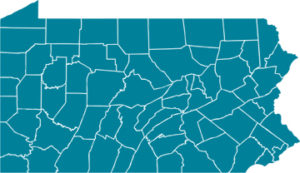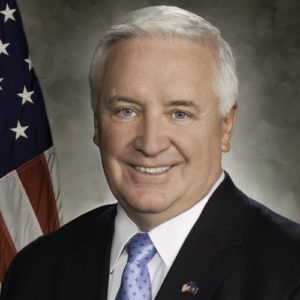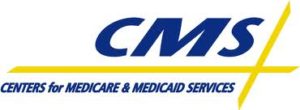PA Officials Estimate Sequestration’s Impact
Now that federal budget sequestration has taken effect, Pennsylvania state officials are busy calculating its potential effects on various health-related state activities.
As part of planning for sequestration, officials have developed estimates in a wide variety of areas, including cuts in substance abuse programs, meals for low-income seniors, food programs, immunizations, AIDS/HIV screenings, medical tests for women and children, and more. They also are looking at how much Pennsylvania health care organizations will lose in research funding and how many jobs might be lost across the state as a result of significant reductions in federal spending under sequestration.
For Pennsylvania’s safety-net hospitals, the biggest problem will be a two percent cut in all Medicare payments.
For a closer look at the anticipated impact of sequestration on these and other aspects of health care spending in Pennsylvania, see this article in the Pittsburgh Business Times.
in the Pittsburgh Business Times.






